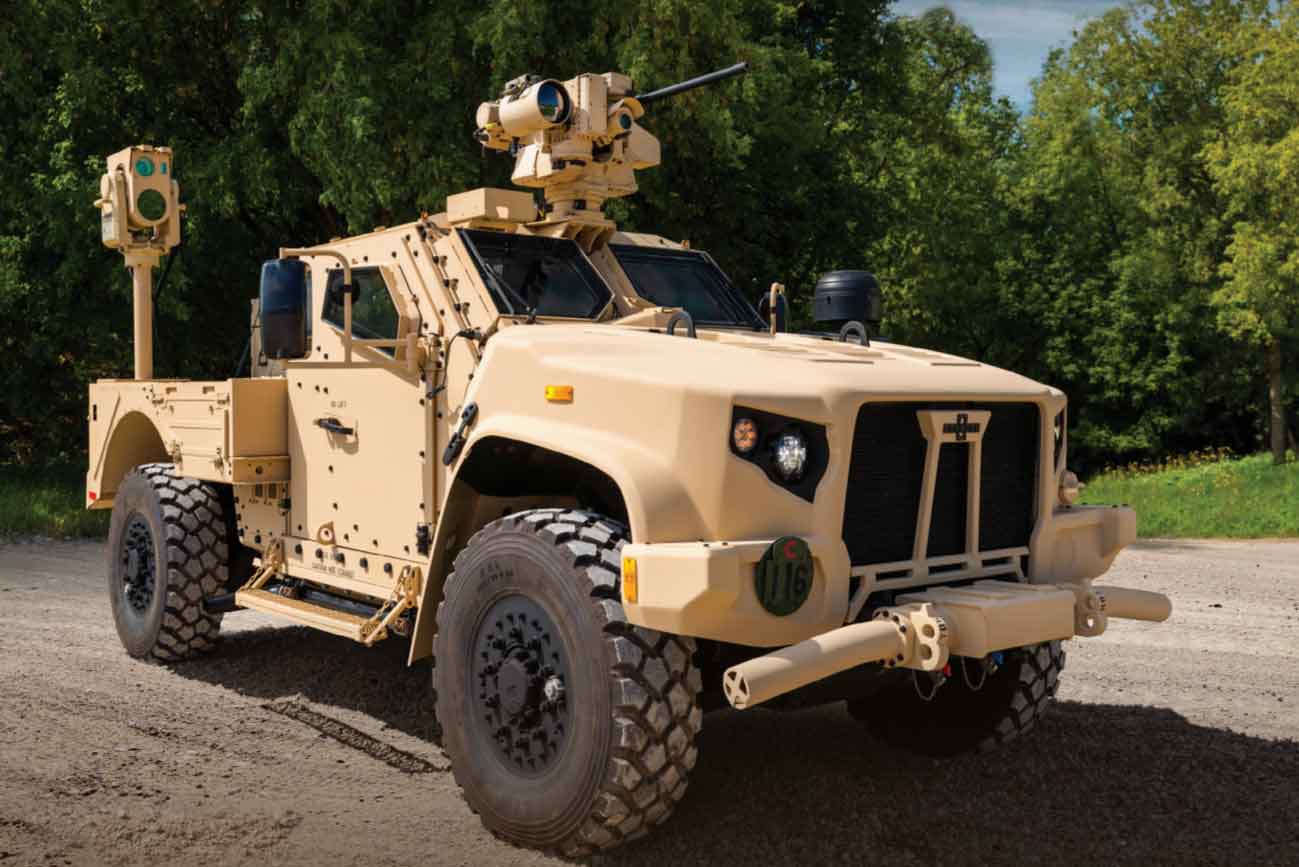
Slovenia has achieved its defence acquisition goal of 20% for the first time in 2022, according to the recently published ‘Slovenia Defence Market 2023-2028‘ report by GlobalData, which forecasts an increase in the percentage share of the total budget allocated to acquisitions, from 26.8% in 2022 to 33.0% in 2027.
Slovenia has set its sights on developing a medium-sized battle group and a reconnaissance battle group by 2030 as part of its long-term strategic plans. To achieve this, the country has recently lowered the educational requirements for military enlistment in a bid to increase troop numbers. However, this move may result in higher staff costs for the country.
Despite being a member of Nato, Slovenia has fallen short of the alliance’s defence spending goal of 2% of GDP. The country’s 2023 budget allocates only 1.4% of GDP towards defence.
International operations draw heavily on defence resources
The recent invasion of Ukraine by Russia has brought to the forefront the pressing need for Nato and Europe to strengthen and unify their military capabilities. Historically, Slovenia has allocated a relatively small budget towards defence, resulting in minimal investment in the procurement of new technologies, but this has changed in response to the crisis at Nato’s Eastern border. Slovenia’s defence spending is heavily influenced by its dedication to international organisations, as the country heavily relies on collective defence to uphold its security. Slovenia’s airspace is being protected by a special Nato Air Policing Arrangement due to the country’s lack of required aircraft fleet for full policing. Italy and Hungary are part of this arrangement.
The renewed significance of armoured vehicles and anti-armour systems is expected to fuel expenditures in the land sector. Slovenia is making significant strides in enhancing its land forces by investing in new Infantry Fighting Vehicles (IFVs). As part of this initiative, the country has procured a considerable number of JLTVs from Oshkosh. The GlobalData report forecasts an increase in the percentage share of the total budget allocated to acquisitions. It is projected to rise from 26.8% in 2022 to 33.0% in 2027. Slovenia’s potential for acquisitions has been boosted, thanks to the availability of increased funds to cover both ongoing and future acquisitions.
Slovenia’s defence budget has been on the rise in recent years, despite remaining lower than that of its Nato allies, with this trend is expected to continue over the next five years. The defence budget experienced a notable surge, increasing from $564m in 2019 to $912m in 2023, representing a Compound Annual Growth Rate (CAGR) of 12.9%. According to GlobalData’s forecast, Slovenia’s defence spending is anticipated to experience a CAGR of 8.2% throughout the forecast period rising up to $1.5bn in 2028.
More than half of Slovenia’s defence spending is allocated to operation and maintenance (O&M) expenses, according to recent findings, as the country remains committed to collaborating with its allies in NATO and the EU. Despite an increase in recruitment and the establishment of battlegroups for international operations, the proportion of the defence budget allocated to O&M spending is not expected to decrease significantly over the next five years, with 56.6% of the budget has been allocated to this area.
Slovenia’s defence sector has difficult future
The military land vehicles sector is still the primary contributor to Slovenia’s defence market, with an estimated value of $287m up to 2028. The segment increase is the product of two distinct acquisitions, the Armoured Multirole Vehicles and Infantry Fighting Vehicles, with a total worth of $74m and $213m, respectively. Slovenia’s land forces are undergoing a modernisation effort, with the procurement of IFVs and JLTVs being the primary focus. These two acquisitions are the driving force behind the growth of this sector.
Slovenia’s signed a deal with Oshkosh Defence in November 2018 to acquire 38 JLTV armoured vehicles equipped with M153 weapons, that was extended to include an additional 37 vehicles in 2021, and then another 47 in 2022. The expansion will enhance the country’s defence capabilities and bring it up to speed with modern military technology.
Slovenia’s defence market is projected to see a significant boost in the military fixed wing aircraft sector, which is expected to reach a value of $55m over the next five years, but GlobalData predict a sharp downturn in the coming years. This is largely due to the termination of the sole contract within the sector, the acquisition of the C-27J transport aircraft, which is expected to enhance the country’s air force capabilities. The Slovenian Ministry of Defence had signed a contract for the acquisition of a single C-27J aircraft from Leonardo. The C-27J is set to serve a multitude of purposes, ranging from transport missions to troop support, humanitarian assistance, and disaster relief.
The third largest sector in Slovenia’s defence market is naval vessels and surface combatants, which is expected to total $39m over the forecast period. However, this segment is is for only one class of ship, light combat vessels, and this segment is anticipated to decrease to zero by the end of 2028. The Slovenian Navy is set to acquire a light combat vessel to enhance its capabilities, but as of yet, no contract has been awarded for the project.







